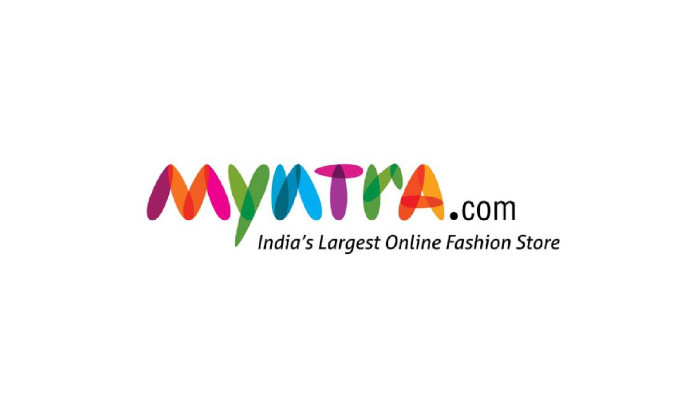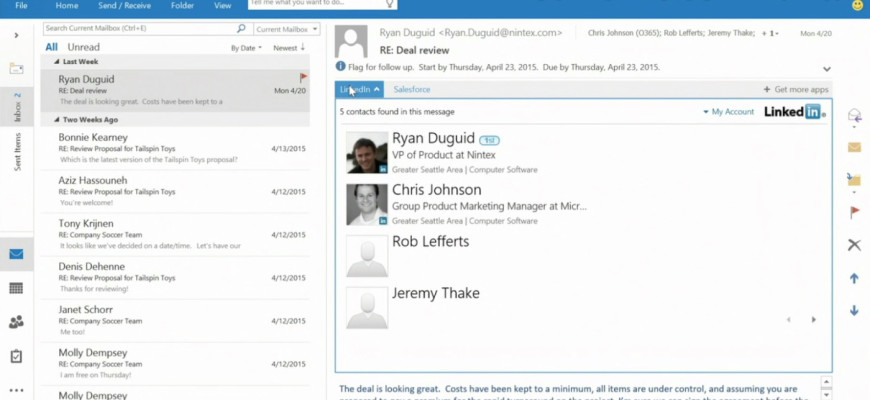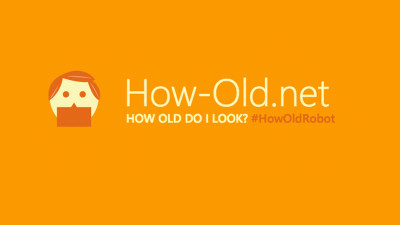The past few years has been all about companies adopting a mobile-first strategy which meant everything the organisation is doing on e-Commerce has to be done with mobility being at the forefront of decision-making.
I was reading an article this week about Myntra.com, one of the leading e-tailers in India go a step further and offer a mobile-only strategy. Sounds crazy? Not really – if what they claim is true – 95% of visits to their sites are from mobile devices which also makes up 70% of their sales.
I guess the top guys at Myntra must have considered the pros-and-cons pretty thoroughly before making this strategic move. Obviously they will take a hit on sales which thus far is an approx. drop of 10% (read more here).
Initial thoughts on what benefits could be realised with such a move:
1) Simplified operations/development – If you had to build for 2 formats (mobile, desktop) you will probably need to spend twice as much effort. Everything – design, catalogue, icons, graphics, ordering systems, process, etc needed to be done twice.
With a ‘mobile-only’ move, you just do it once – and hopefully excel at that.
2) Simplified decision-making – What if the fancy new feature your app team is developing and you want to implement it on the desktop? The guys at the desktop team says it’s going to take another 6 months. Do you launch on the mobile format first before launching on desktop later (alienating desktop users in the process) or do you hold off till both parties are ready (losing the ability to excite your mobile users immediately in the process)?
This is interesting as I do a lot of online shopping via desktop (read – nice large screens, opening multiple tabs to research, calculator in hand, etc). If all my favourite eCommerce sites start to go mobile-only I may need to upgrade to a larger mobile device…
Read more about the article here






